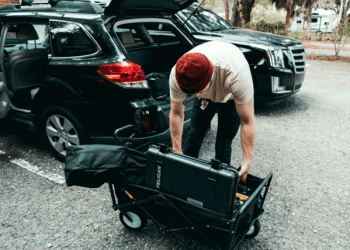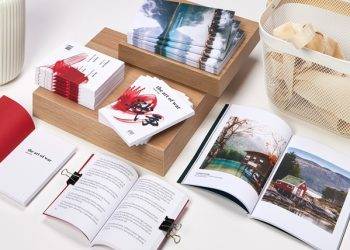People considering buying new vehicles in Australia may be spoilt for choices once they have their budget and car specifications fixed. Depending on the make, model, series, technology, safety rating and features, and accessories, they may have much to choose from. While new vehicles can offer first-hand privilege, used cars of the same make, model, series, etc., can be bought at significantly lower prices due to depreciation over time.
However, looking for and buying pre-owned cars can be more tedious than purchasing a new showroom vehicle. The buyer may need to verify previous ownerships, vehicle maintenance records, claims history, car safety, and more before signing the paper. And the shopping doesn’t end with the car purchase.
The buyer may need to inquire into the best car insurance plans so they can stay financially protected during adverse road incidents, fire and extreme weather events, and more. Comprehensive car insurance provides broader coverage and hence can cost more. Even so, you can explore lower different pricing on policy features depending on your vehicle usage and budget.
Research car insurance policies online. In the meantime, read these tips on picking a worthy used car so it can support you over the long haul.
Class of vehicle
Think about the purpose of buying a vehicle. Do you want a utility vehicle for work or a small car like a hatchback just to move around in the city, or are you aiming at an SUV that can accommodate more people and offers better security?
Every vehicle has a unique history. Utes and SUVs may have traveled thousands of km and most likely have chanced upon challenging terrains previously. However, hatchbacks might have mostly lived in guarded places and roamed the city roads, so their condition could be better than that of Utes or SUVs.
Make, model, series
Some branded cars don’t come too cheap, even second-hand ones, because they can be reliable, their spare parts are long-lasting, and maintenance could be relatively inexpensive. However, certain brands and models are widely available in the second-hand car market, driving down the vehicle prices because of the enormous supply. And if you are looking at European or other imported cars, the vehicle availability, spare parts, and servicing can get expensive to the point those bills may burn a hole in your pocket.
Dealers/Private sellers
- One good thing about buying from a car dealer is it comes along with a certificate. Dealerships sell certified pre-owned cars, so you can have a word with them when issues arise soon after you buy and drive a used car.
- Dealers can also help you with vehicle financing arrangements, or you can find a financier on your own.
- Of course, the safety certificates that accompany a used car and the convenient buying services offered by dealers can shoot up the vehicle price.
Private sellers may not provide road-safe certificates or help with financing opportunities. Still, you can buy a worthy car through a private seller by taking one step at a time. It can depend on your vehicle inspection, thorough background checking, and negotiation skills.
Car interiors
Examine the vehicle interiors and upholstery to assess the value of the car. Soft drink stains, pet fur, foul odor, and other things are negative signs that you may bring up during price negotiations, so you pay only the deserving amount.
Once you have figured out the essential things to look for in a used car, you can move on to considering vehicle insurance for your ride. Whether it is a new vehicle or a pre-owned car, they may still need protection on roads.
By far, comprehensive car insurance can be perceived as the best car insurance when compared to the other vehicle insurance policies available. These plans provide an umbrella of benefits and are the only policies covering your vehicle for loss/damage due to accidents or theft/attempted theft events, which is why they can be priced slightly higher than the other lower plans.












